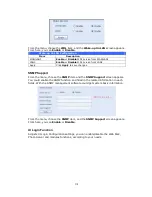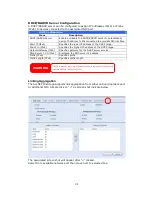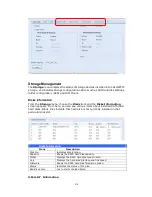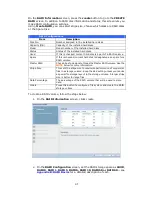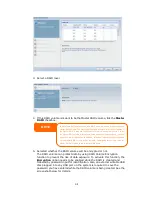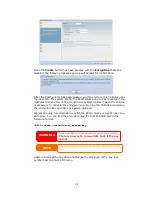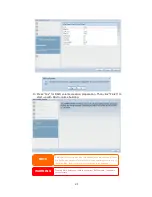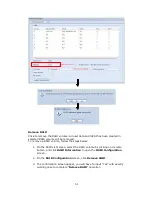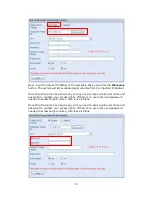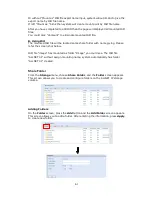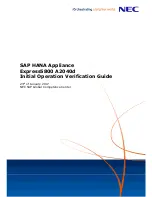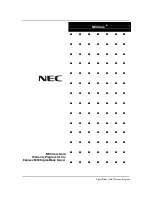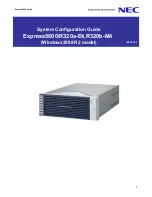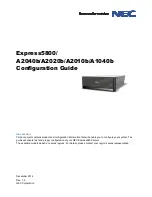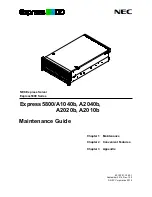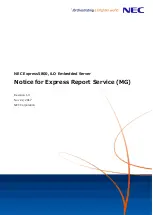
50
RAID Level
You can set the storage volume as JBOD, RAID 0, RAID 1, RAID 5, RAID 6,
RAID 10, RAID 50 or RAID 60.
RAID configuration is usually required only when you first set up the device. A brief
description of each RAID setting follows:
RAID Levels
Level
Description
JBOD
The storage volume is a single HDD with no RAID support. JBOD
requires a minimum of 1 disk.
RAID 0
Provides data striping but no redundancy. Improves performance
but not data safety. RAID 0 requires a minimum of 2 disks.
RAID 1
Offers disk mirroring. Provides twice the read rate of single disks,
but same write rate. RAID 1 requires a minimum of 2 disks.
RAID 5
Data striping and stripe error correction information provided.
RAID 5 requires a minimum of 3 disks. RAID 5 can sustain one
failed disk.
RAID 6
Two independent parity computations must be used in order to
provide protection against double disk failure. Two different
algorithms are employed to achieve this purpose. RAID 6 requires
a minimum of 4 disks. RAID 6 can sustain two failed disks.
RAID 10
RAID 10 has high reliability and high performance. RAID 10 is
implemented as a striped array whose segments are RAID 1
arrays. It has the fault tolerance of RAID 1 and the performance
of RAID 0. RAID 10 requires 4 disks. RAID 10 can sustain two
failed disks.
RAID 50
RAID 50 combines the straight block-level striping of RAID 0 with
the distributed parity of RAID 5. This is a RAID 0 array striped
across RAID 5 elements. It requires at least 6 drives.
RAID 60
RAID 60 combines the straight block-level striping of RAID 0 with
the distributed double parity of RAID 6. That is, a RAID 0 array
striped across RAID 6 elements. It requires at least 8 disks.
Edit RAID
On the RAID Information screen, press the Edit button to go to the RAID
Information screen.
Using Edit RAID, you can select RAID ID and the Spare Disk. .
WARNING
If the administrator improperly removes a hard disk that should not be
removed when RAID status is degraded, all data will be lost.

